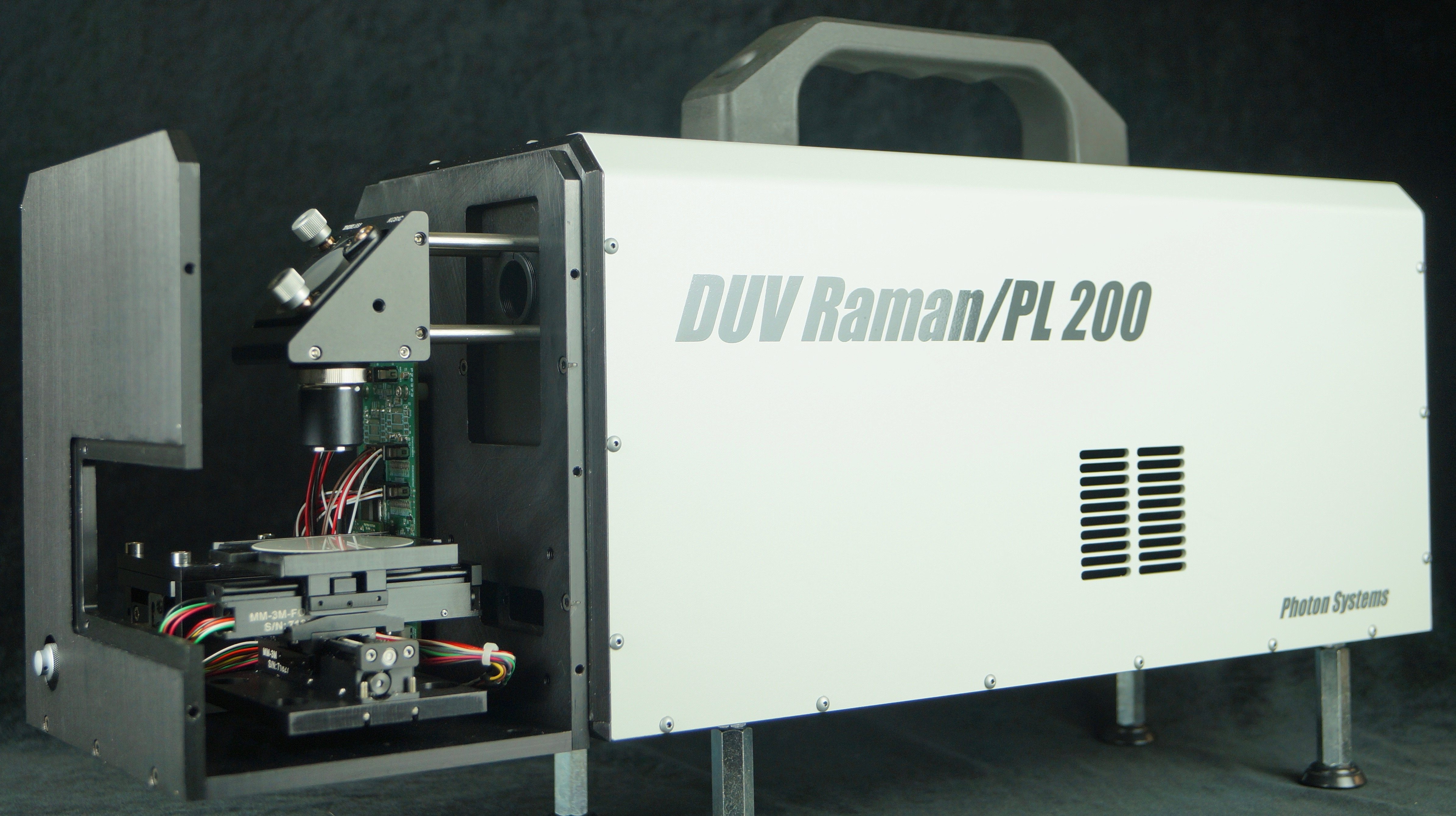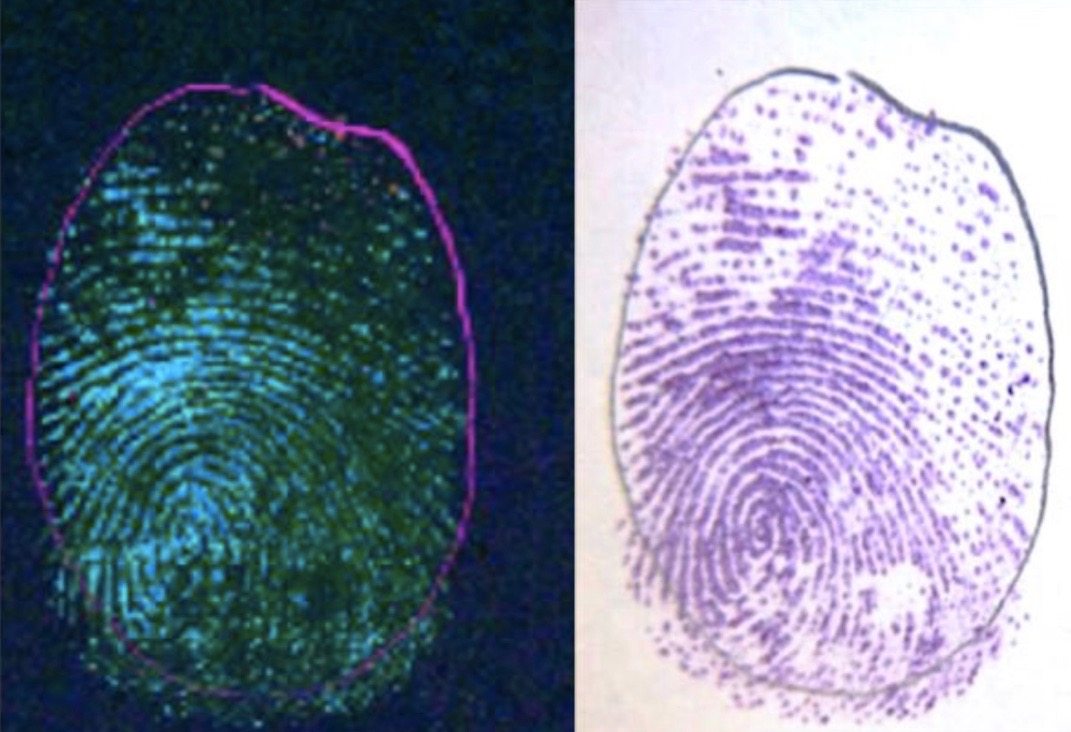Forgery is an art that has been practiced for millennia. For example, in ancient Egypt the practice required serious legal measures in order to curtail its spread. The forgers of seals or signatures, or any scribes who altered official documents by additions or erasures without the consent of the parties were sentenced to lose both hands!
Today, due to the widespread availability of photocopiers and laser printers, document alteration and forgery has become more prevalent and sophisticated. This increasing trend of document fraud has led to the requirement for more efficient forensic investigation techniques for document forgery detection.
Raman spectroscopy is a desirable technique for the analysis of inks used in document forgery because it allows easy and fast analysis with chemical selectivity. Also, it does not destroy evidence and does not require any sample preparation. However, traditional visible or IR Raman spectroscopy techniques suffer from low sensitivity or strong background fluorescence from most papers. Most inks will burn unless very low powers are used, thus limiting the visible or IR Raman signal.
Many papers have optical brighteners added. These organic brighteners are mostly aromatic in nature and can cause very strong visible fluorescence emission. This visible fluorescence emission prevents the use of near UV as an excitation source.
The Photon Systems deep UV excitation at 248.6nm allows Raman emission to be observed in a band well below the range of fluorescence emission from paper. In addition, due to Rayleigh law and resonance effects, deep UV excitation is far more efficient in generating a Raman signal. This permits Raman analysis without burning the sample and damaging evidence or needing to add any metallic colloids, as in the case of surface-enhanced resonance Raman spectroscopy (SERRS) techniques.
An additional advantage of using deep UV excitation for forgery detection is that because such a wide array of inks and important target materials absorb strongly at this wavelength (248.6nm), there is a natural spatial separation of superficial material from the paper substrate or background. This assists in discriminating the topical material from deeper materials and provides a method of segregation of mixed materials or intersecting lines. This can help determine if a document was altered at a later stage.

Key Issues
Sample Preservation
Non-contact, non-invasive and non-destructive methods of detection are desired.
Penetration Depth
Deep UV is strongly absorbed in the surface layer permitting analysis of intersecting lines.
Background Fluorescence
Paper is highly fluorescent with near UV or visible excitation. Deep UV Raman overcomes this limitation.
Sample Burning
Deep UV Raman cross section is 1000X greater than visible or near IR, permitting better detectability with less laser power.
Downloads
DUV Raman PL 200
A fully integrated lab model deep UV resonance Raman and photoluminescence spectrometer with microscopic imaging.
Fingerprint Detection
A major challenge in the fingerprint analysis community is to address the use of a non-contact, non-invasive, non-destructive method. Deep UV autofluorescence imaging translates well to fingerprint detection and morphological analysis.
Get In Touch
Keep informed about the latest deep UV developments at Photon Systems by joining our mailing list.
ADDRESS
1512 Industrial Park St. Covina, CA 91722-3417
PHONE
626 967-6431


